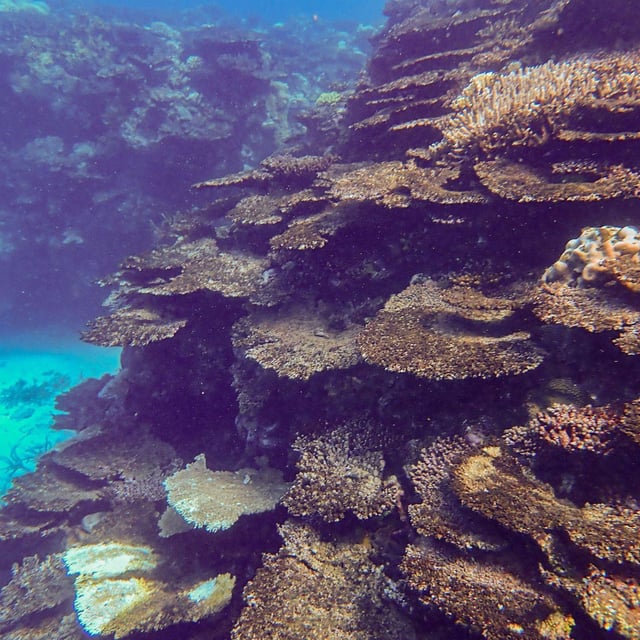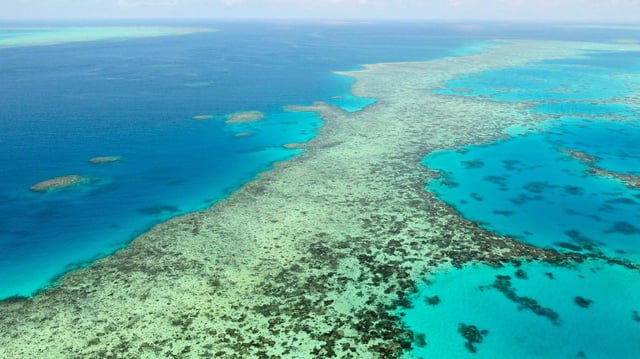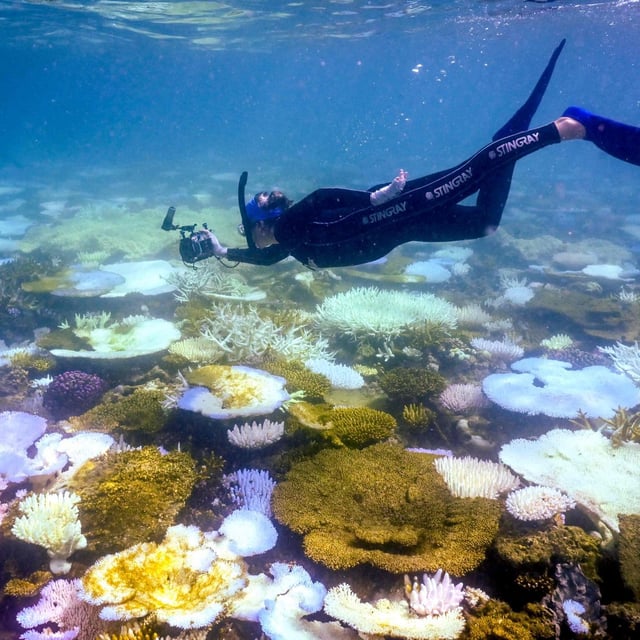Overview
- The Australian Institute of Marine Science recorded the largest bleaching footprint since monitoring began nearly 40 years ago.
- Researchers link the mass bleaching to last year’s unprecedented ocean heat, which forced corals to expel the algae that sustain them.
- Fast-growing Acropora species, which bleach first, suffered the most severe losses across surveyed reef sections.
- AIMS data show coral cover plunged by nearly a third in the southern zone and dropped by roughly a quarter in the north between August 2024 and May 2025.
- Scientists warn that successive bleaching, stronger storms and spikes in crown-of-thorns starfish outbreaks could prolong damage and delay meaningful recovery for years.



